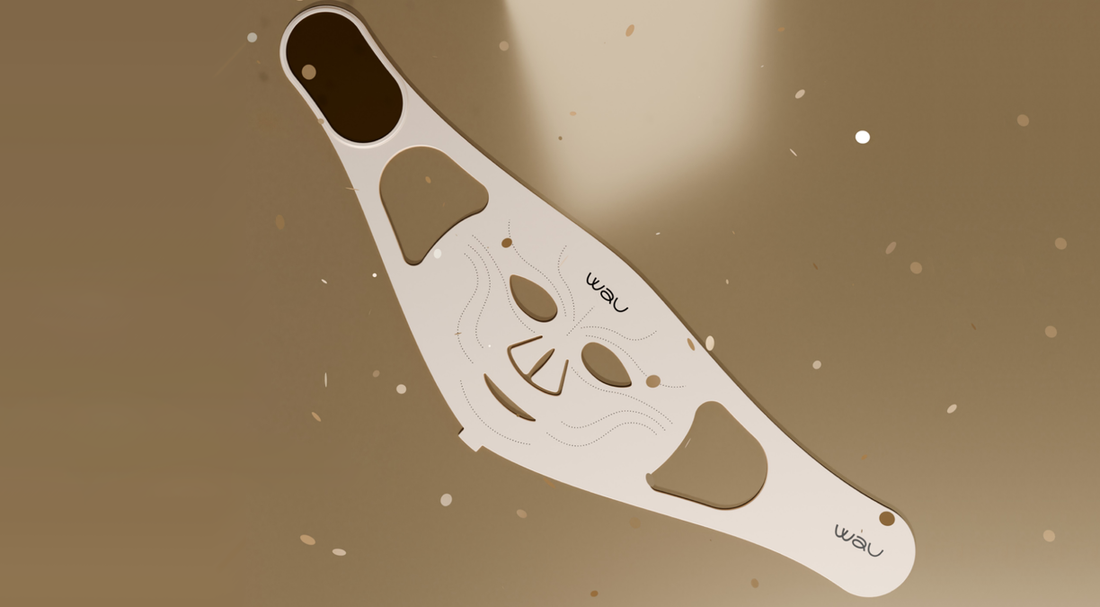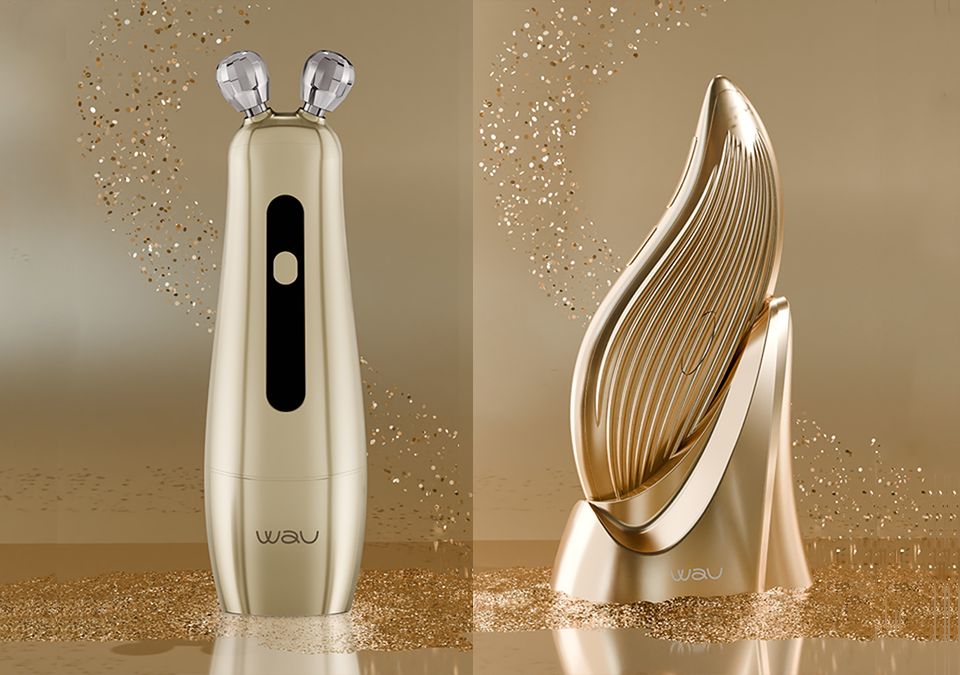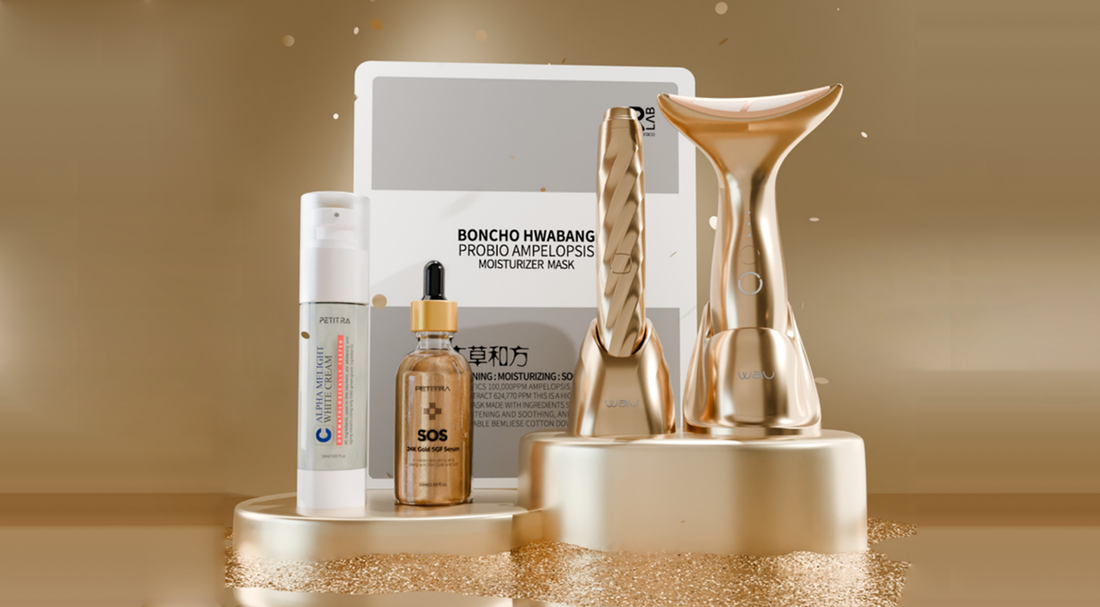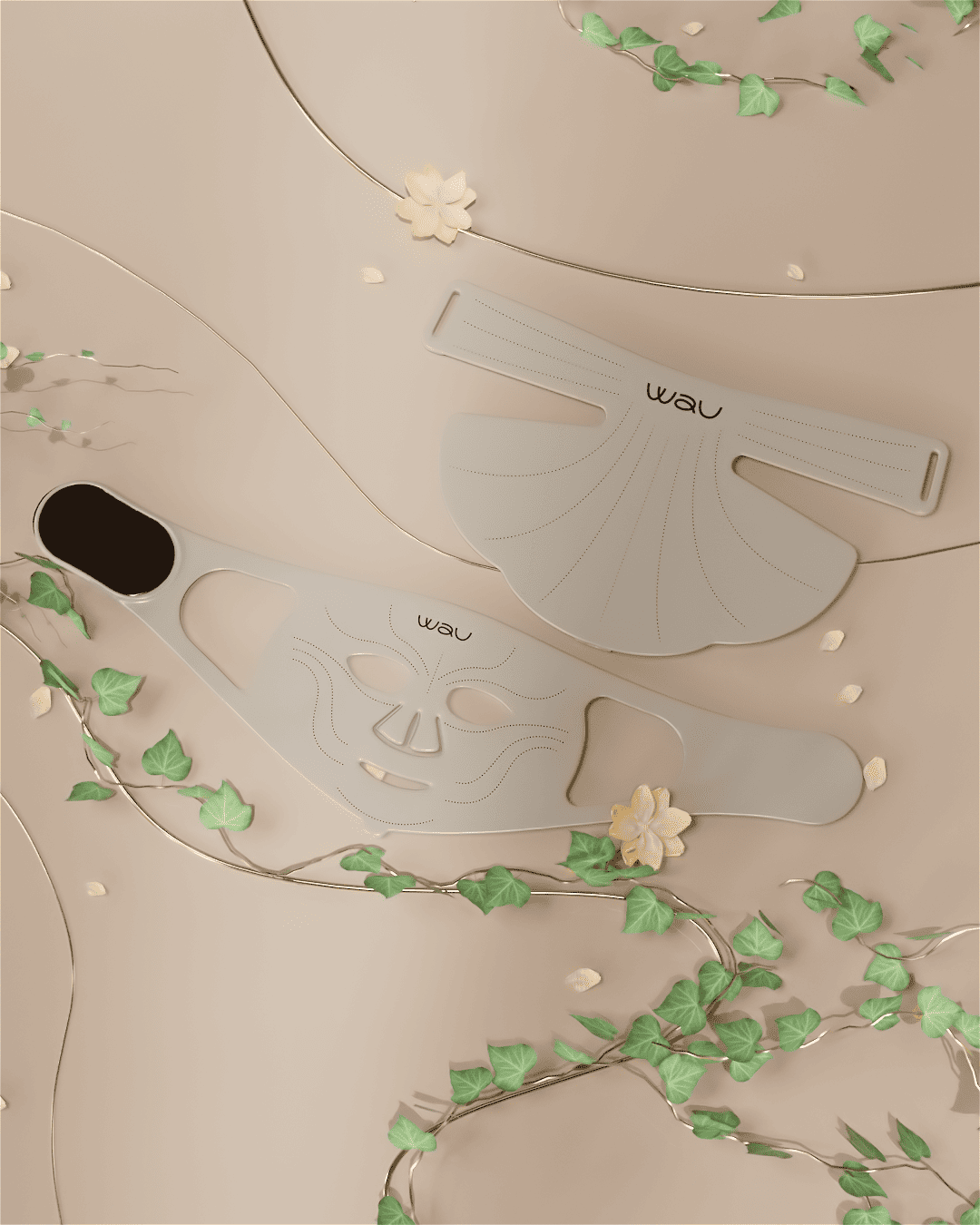Massage is one of the most ancient health practices known to mankind. As far back as 5,000 years ago in China, India and Egypt, it was used to treat illnesses, restore strength and spiritual balance. In Asia, massage has always been more than just a procedure, but part of a health philosophy - it was believed that through working with the body, one could harmonize qi or prana energy.
Today, science has confirmed what Eastern masters have known for centuries: massage improves blood circulation, accelerates lymph flow, relieves stress and prolongs the youth of the skin. But if earlier an experienced specialist was needed for this, now technology allows you to achieve a professional effect at home - this is what our article is about.
Why is massage so useful?
Massage has a complex effect on the body:
✔ Improves blood circulation - tissues receive more oxygen and nutrients.
✔ Accelerates lymph - reduces swelling, removes toxins and speeds up metabolism.
✔ Relieves muscle tension - relieves pain and stiffness after training or a long working day.
✔ Fights cellulite - stimulates the breakdown of fat deposits.
✔ Increases skin elasticity - activates collagen production, prevents flabbiness.
Previously, such results required regular visits to a massage therapist, but now technology allows you to achieve a similar effect at home.

How to do a massage correctly?
To make the procedure as effective as possible, it is important to follow several rules:
Choose the appropriate technique - different areas of the body require different effects.
Maintain regularity - short sessions 3-4 times a week are better than one long session once a month.
Now let's look at which devices will help achieve the best results.
When do you need a deep massage? Meet HAZUMI
Imagine: after a hard day at work or strength training, your shoulders and neck literally turn to stone from tension, and fatigue does not allow you to relax even in the evening.
Long-term muscle tension is not just discomfort, but a serious problem that can lead to negative health consequences. We will not scare you, but rather tell you about HAZUMI - a device that will help you avoid all these troubles and return ease of movement to your body.

How does the massager work?
✔ Creates shock-vibration impulses that penetrate deep into the muscles.
✔ Breaks down adhesions, improves joint mobility.
✔ Accelerates recovery after physical activity.
What is especially convenient:
- 4 replaceable attachments for different zones: back, legs, arms, trigger points.
- 5 intensity levels - from gentle warming up to deep work.
Choose the intensity and attachment depending on your preferences and the area of work.
Who is it suitable for?
- For athletes for recovery.
- For those who sit a lot, experience muscle pain and a feeling of tightness.
- For those who want to get rid of swelling.
- For lovers of relaxation and massage.
HAZUMI has a lightweight version in a compact size - HAZUMI LIGHT. For those who want to put the massager in a small bag and take it with you!
But what if the goal is not only relaxation, but also rejuvenation?
When the main clamps are removed, you want to go further - tighten the skin, improve its tone, work on the body contour. This is where complex solutions come to the rescue.
KIO is a multifunctional device that combines:
✔ EMS technology for strengthening muscles
✔ RF lifting for skin tightening
✔ LED therapy to improve its quality and stimulate collagen production
This approach is especially good for:
- Body shaping and fighting cellulite
- Improving skin tone after 30 years
- Comprehensive body care at home

How to use?
1. Apply a contact gel conductor or a water-based care product with a gel-like structure to the skin - this ensures better conductivity of currents and glide of the device
2. Set the nozzle according to the mode you want to use
3. Perform massage movements




